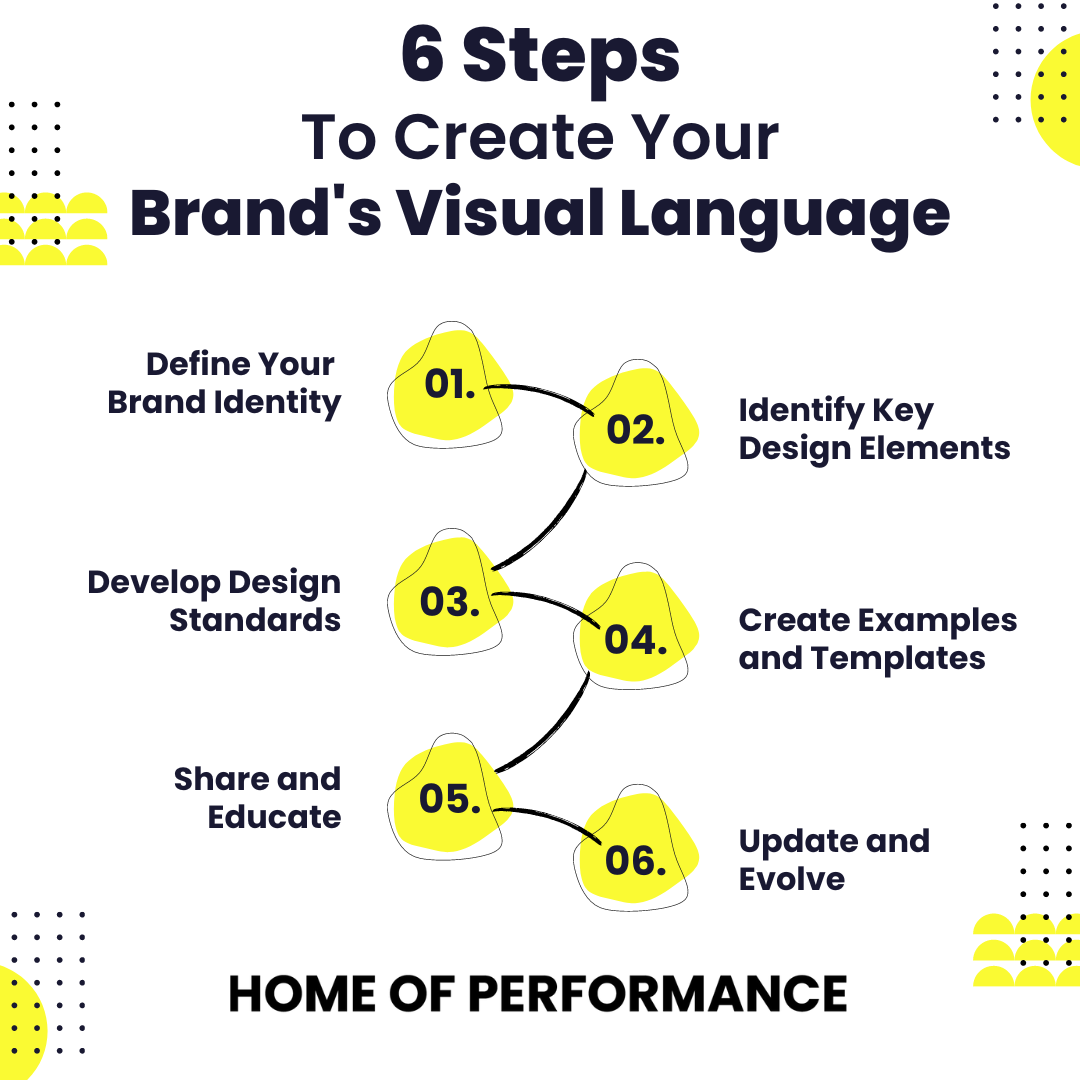A brand’s visual language is an important aspect of a content strategy that helps to establish a consistent and recognizable visual identity for a brand across all digital and offline channels.
In the realm of branding, employing visual language can have an invisible and subliminal impact on your audience, tapping into their subconscious as you convey your brand’s message. Once harnessed, it can play a pivotal role in creating a lasting impression.
Simply, visual language is a philosophy that explains why things are put together in a certain way. It includes the use of design elements such as colours, typography, imagery, and other visual elements to create a cohesive and memorable brand image that resonates with your audience.
What is a Brand’s Visual Language?
A brand visual language typically includes a set of guidelines or standards that dictate how these design elements should be used in all brand communications, including website design, social media posts, email marketing campaigns, and other marketing materials. These guidelines ensure that all brand communications are consistent in terms of look and feel, regardless of the platform or medium.
A well-defined brand visual language can help a business:
- Stand out in a crowded marketplace: By creating a distinct visual identity, a brand can differentiate itself from competitors and make a strong impression on potential customers.
- Increase brand recognition: Consistent visual language helps to reinforce a brand’s identity and make it more memorable to audiences.
- Establish trust and credibility: A professional and consistent visual identity can help establish a sense of trust and credibility with customers and prospects.
- Facilitate content creation: A well-defined brand visual language can serve as a guide for creating new content, making it easier for marketers and designers to create cohesive and effective content across different channels.
How To Create Your Brand’s Visual Language
The creation of a visual language does not happen by accident, as with all great things in life. In most cases, it is the result of a long and intensive process.
It’s important to create a visual language guideline, which details the key design elements and standards needed to create a brand’s consistent visual identity, through a series of steps.
Here are 6 Steps to create a visual language for your brand:

- Define your brand identity: Before you can create a visual language guideline, you need to have a clear understanding of your brand identity, including your brand values, target audience, and unique selling proposition. This will help you to create a visual identity that aligns with your brand and resonates with your target audience.
- Identify key design elements: Once you have a clear understanding of your brand identity, you can start to identify the key design elements that will make up your visual language, including colours, typography, imagery, and other visual elements. Consider the emotions and associations that each element evokes and how they can be used to create a cohesive brand identity.
- Develop design standards: Once you have identified your key design elements, you can start to develop design standards that dictate how these elements should be used in your brand communications. This includes rules for typography, colour usage, imagery, and other visual elements, as well as guidelines for layout, composition, and other design considerations.
- Create examples and templates: To help ensure that your visual language is consistently applied across all brand communications, it can be helpful to create examples and templates that demonstrate how to use your design elements in different contexts. This can include social media posts, website layouts, email templates, and other marketing materials.
- Share and educate: Once you have created your visual language guideline, it’s important to share it with all relevant stakeholders, including designers, marketers, and other members of your team and agencies. You may also need to provide training or education to help ensure that everyone understands and can apply the design standards correctly.
- Update and evolve: A visual language guideline should be a living document that evolves over time as your brand and marketing needs change. It’s important to review and update your guidelines regularly to ensure that they remain relevant and effective in achieving your marketing goals.
At the onset of your journey, determining the most effective approach to building a robust brand can be intricate and demanding. Creating a brand visual language guideline involves careful consideration of your brand identity and key design elements, as well as the development of clear and actionable design standards that can be applied consistently across all brand communications.
Get in touch with our team today, if you want your company to stand out from the crowd.
– Warren LaRey